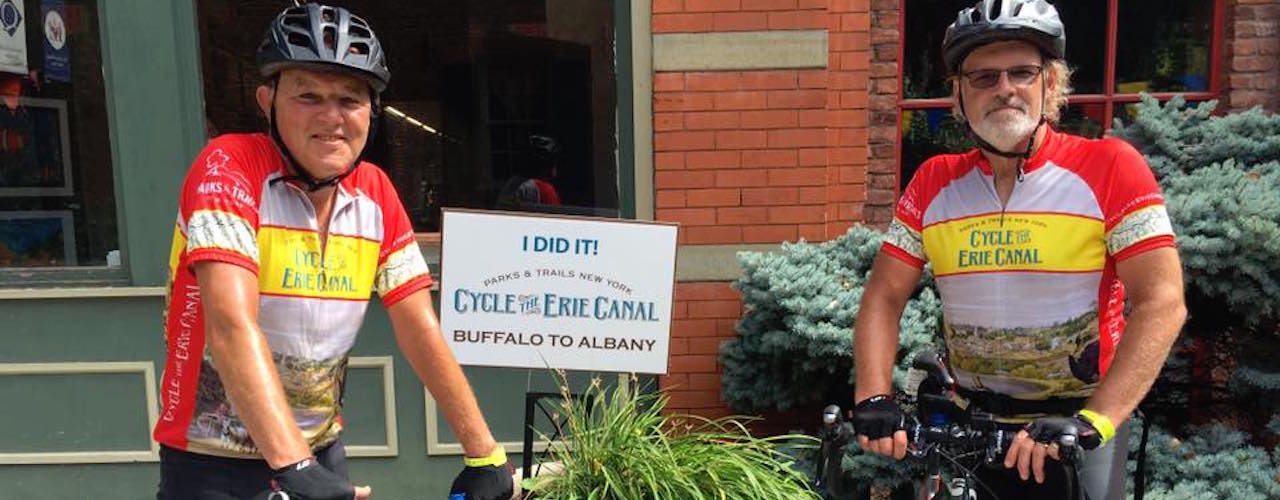How to market our way to population health
Observations from the 2016 Cycle The Erie Canal Bike Tour
Last week, I participated in Parks & Trails New York’s Cycle The Erie Canal Tour, a 400-mile bicycle ride from Buffalo to Albany, NY. Joining me were 750 other riders, representing 32 states and five countries. The oldest rider was 92 years old; the youngest was 3. At 56, I earned the nickname Mr. Average.
When you spend eight days with 750 other humans all wearing lycra, sleeping in the same nomadic tent city, you start to observe things you might not otherwise notice. At least I did.
The most surprising observation to me were the riders themselves. Those of you who know me understand that, while I ride my bike long distances on a regular basis and do super slow resistance training religiously 20 minutes each week, I’m not in perfect shape. In fact, according to US Government standards, I’m considered overweight. I was fully expecting to be the person on the ride who looks most like he could use to lose.
I couldn’t have been more wrong. Not only was I Mr. Average in age, but I was also Mr. Average in BMI. Sure, there were maybe a hundred people on the trip that had little to no body fat. But there were a lot of bellies, too. And more than a hundred people on the tour would be categorized as morbidly obese.
As the week went on, I made it a point of speaking with some of them to find out why someone that overweight would be on a 400-mile bike tour. Again, I was surprised what I found out. This wasn’t the first long bike tour for most of those I spoke with. Many had already ridden multiple long distance rides this year. And almost all of them said that they ride their bikes several times a week.
I also paid attention to the eating habits of the people on the ride, particularly at our break stops. Our choices for refueling ran the gamut from fresh watermelon and fruit to granola and protein bars to candy, Oreo Cookies, and brownie sundaes. The people with seemingly low BMIs went straight for the watermelon, fruit and Gatorade. Those carrying extra weight tended to go for the Oreos. I started reading the labels of the granola and protein bars and found only one option that had no corn syrup and none without added sugar.
This all got me thinking about marketing population health. When you think about it, we are all surrounded by messages about the importance of exercise. It’s almost impossible to ignore them. There are yoga classes, boot camps, bike & running trails, metabolic melt downs, cross fit, YMCAs, Planet Fitnesses; the list goes on and on. And a lot of people are just doing it.
As a society, we continue to get heavier. On my 400 mile ride with 750 other bikers, most of them exercise regularly, and three-quarters or more of them have excess body fat.
I know this is not a scientific study, but from what I observed last week, if it were me who was funding a population health marketing campaign to combat obesity, all of my money would be focused on changing eating habits.
The people on the ride proved to me that we couldn’t exercise our way to a lower BMI. We have to eat our way there.

